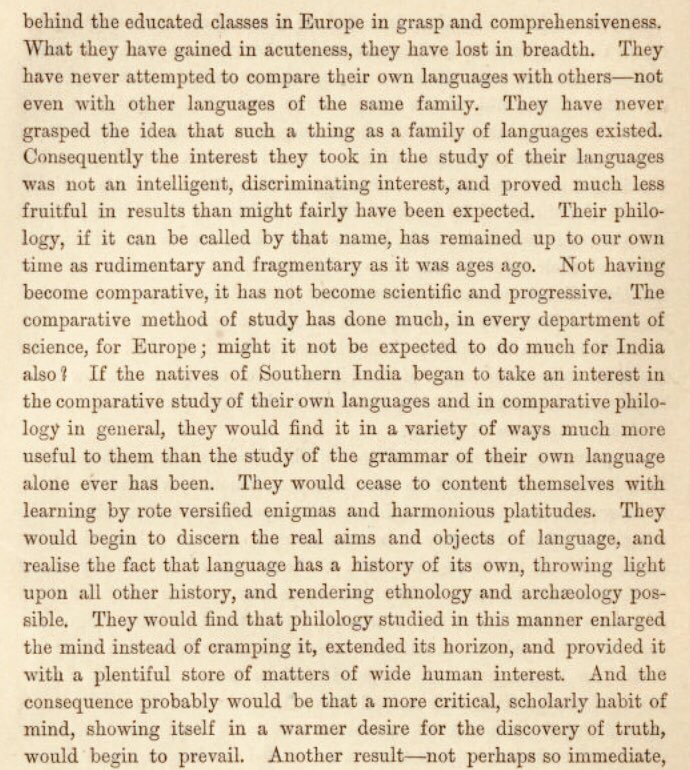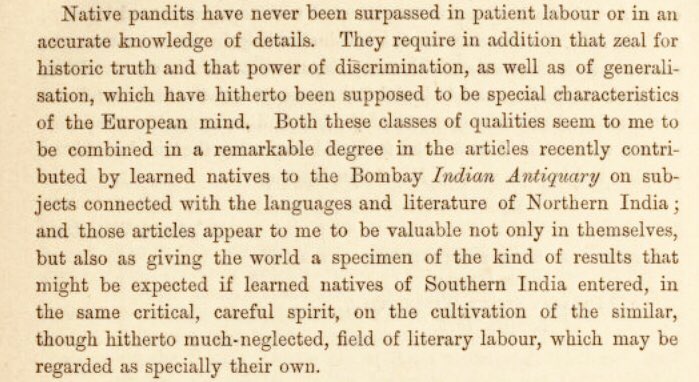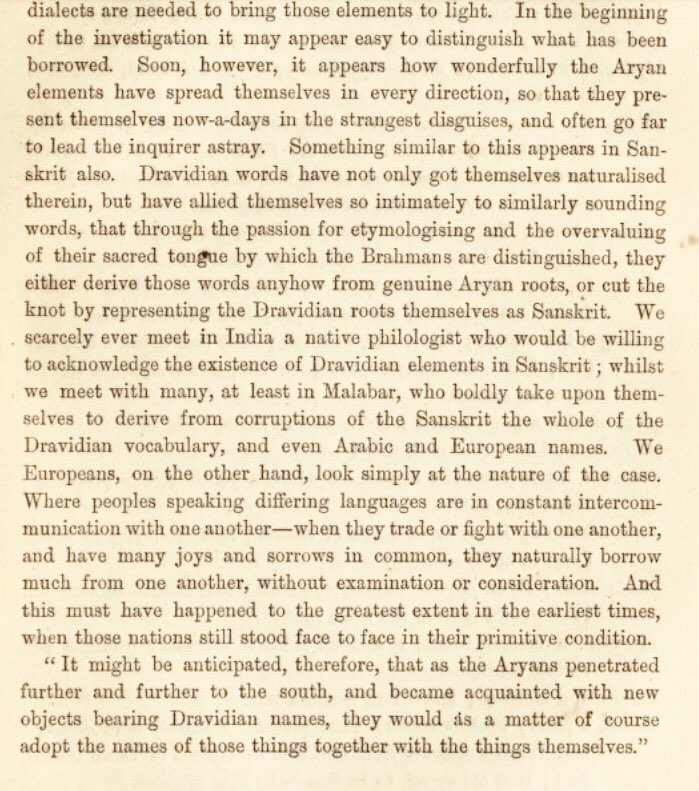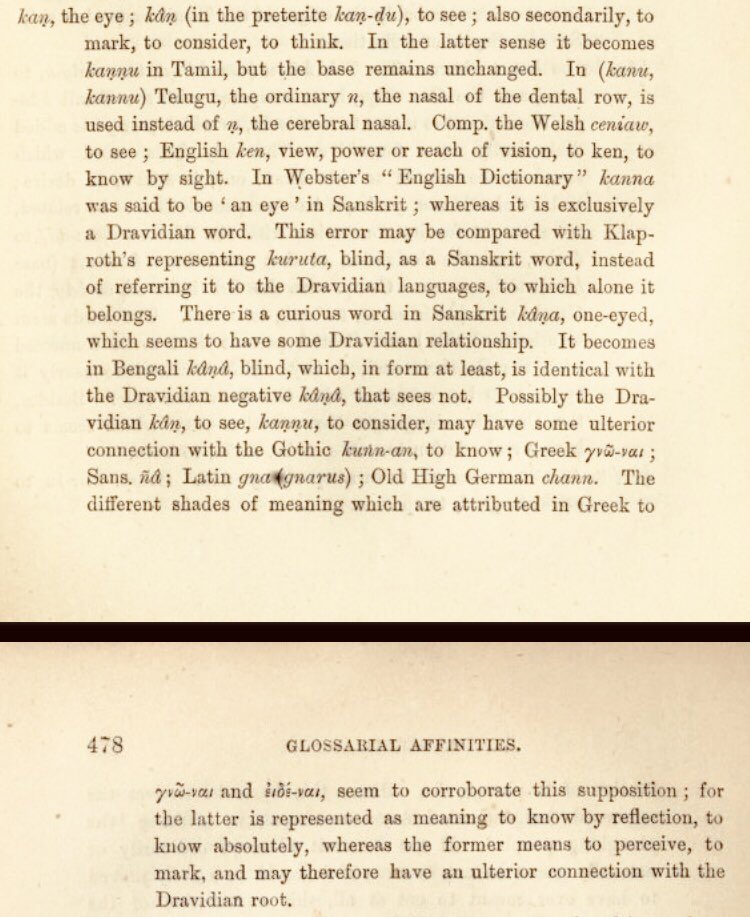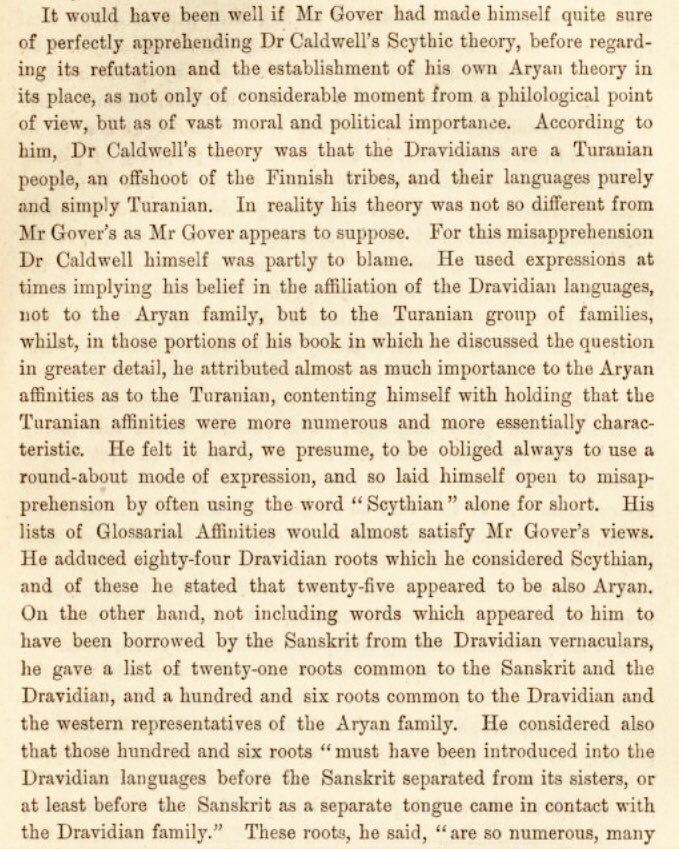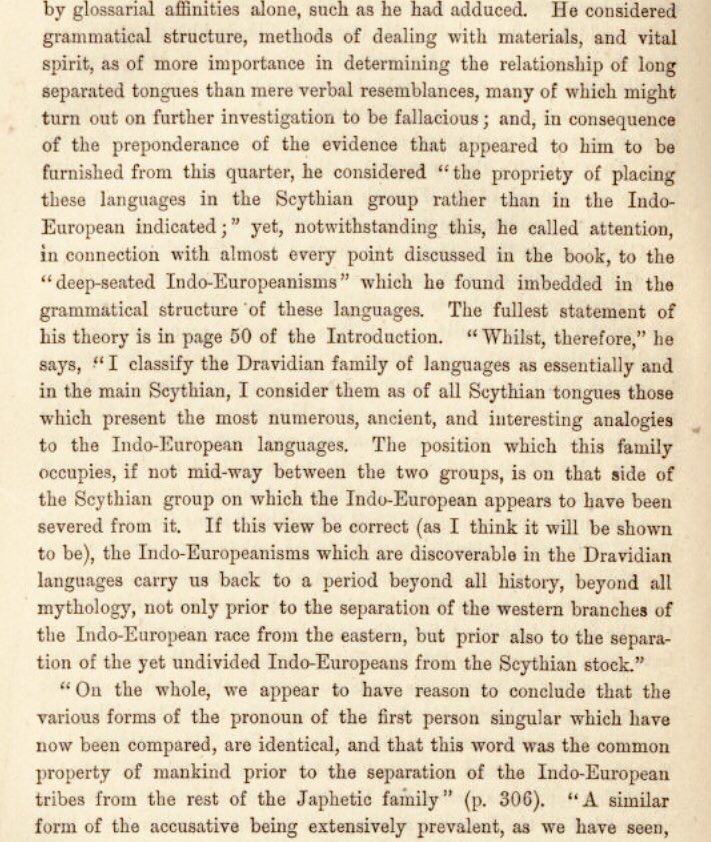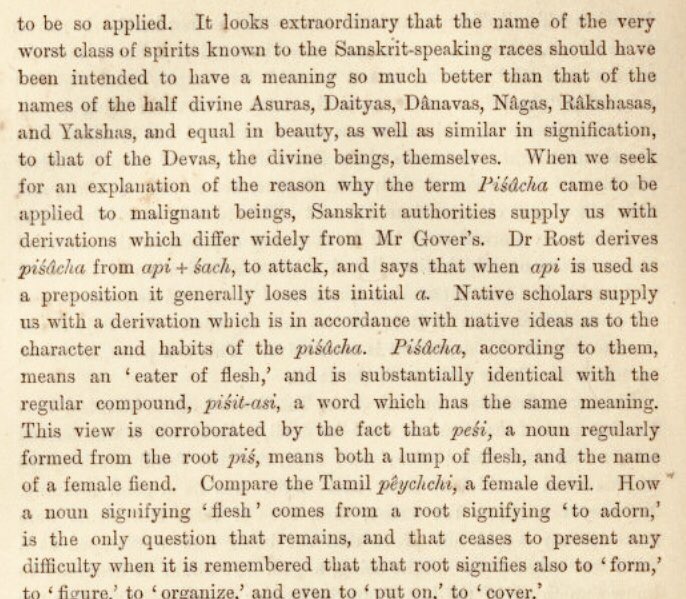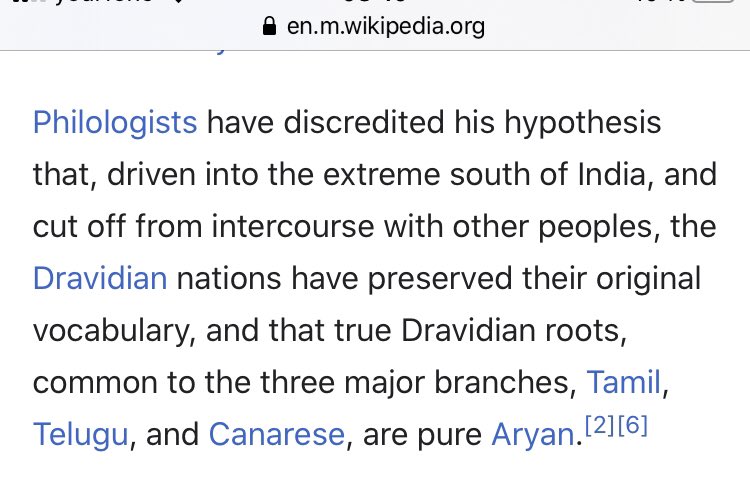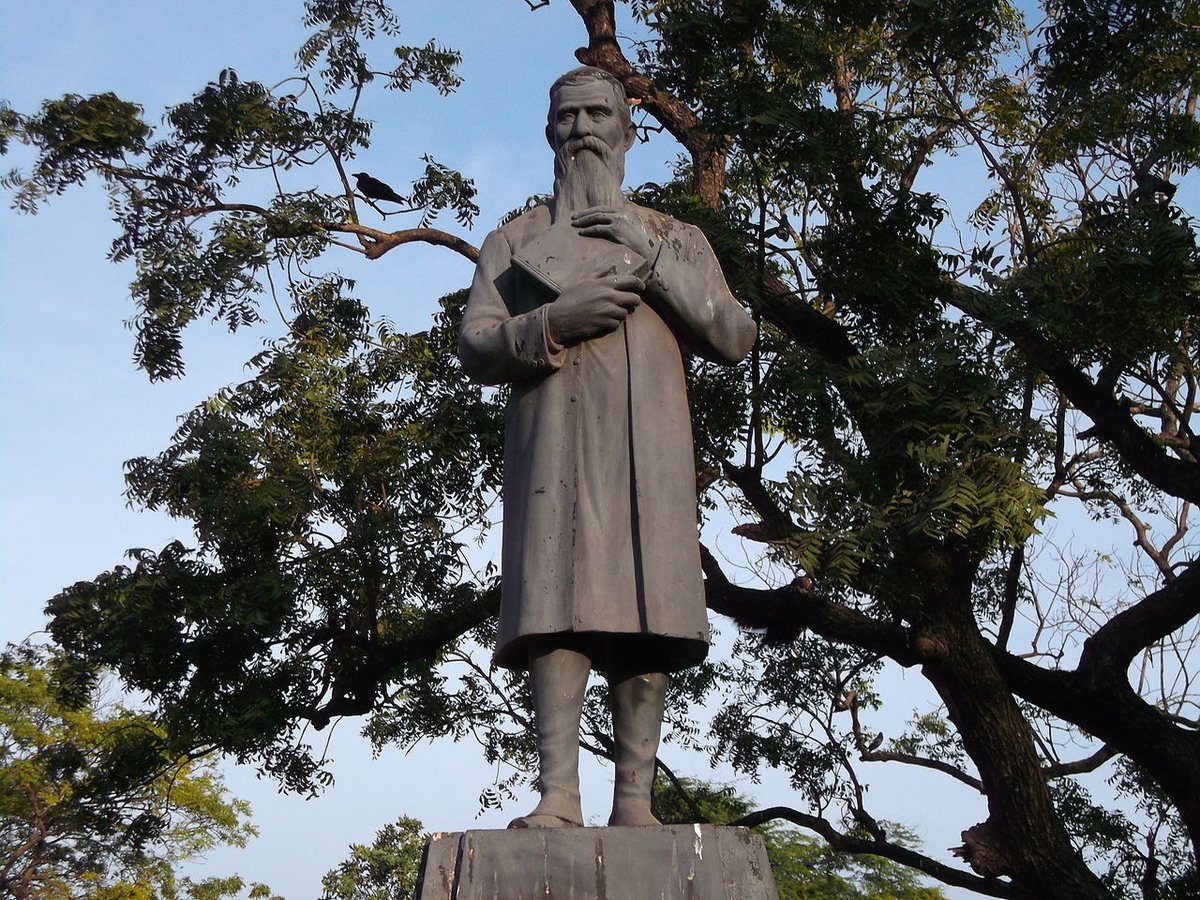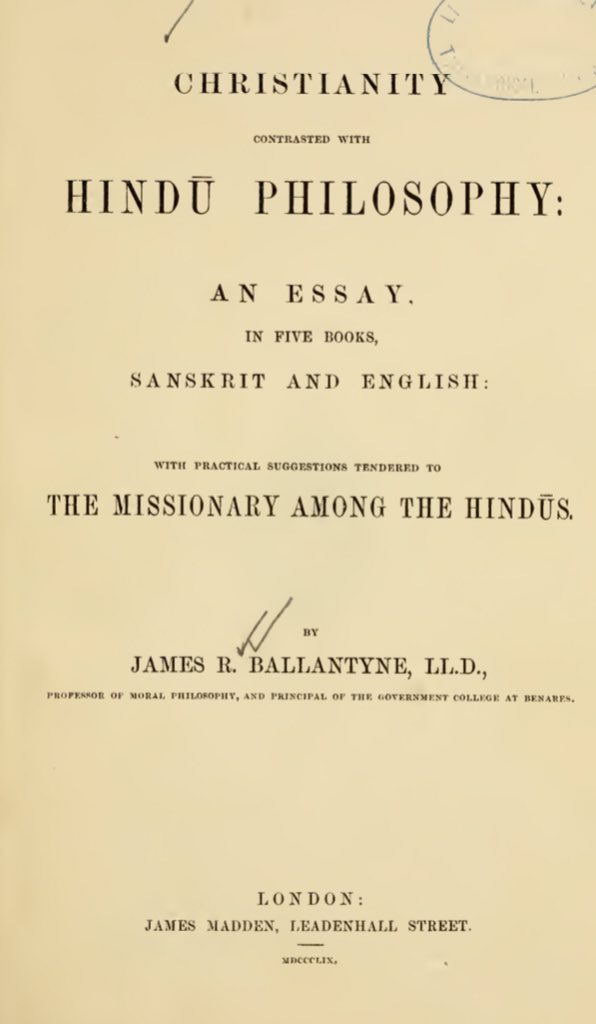“Telusu” తెలుసు: known
“Telupu” తెలుపు: to show, clear
“Telugu” తెలుగు then means the language that is clearly understood.
Many languages have such names.
వెలుగు velugu (light,shine) = వెలు velu (white)+ గు. See also వెలుక, వేల్పు
తునుగు tunugu (cut into pieces) = tunu తును (chop) + గు. See also తునక
పెరుగు (growth) = పెరు (grow)+ గు. See also పేర్చు
New words can be formed by applying such rules.
1) The native grammatical tradition had a few blind spots, which are still not corrected.
2) Despite them, the native tradition was fantastically powerful. But it was destroyed by cutting a *live* link to Sanskrit.
Language is a method to embody that “Śakti” of creativity.
The Telugu language has “tat” right at the core of the language, as indeed every human language, although unconsciously.
1) Tatsama: words completely within “tat”
2) Tadbhava: words that are derived from Tatsama, but not fully “Yoga” at every syllable
3) Dēśya: words peculiar to specific geography
4) Grāmya: very local words, slang etc.
A separate “tree” connected to Siberian Shamans was needed by him to insinuate “demonolatry” in the “Dravidians”.
He says this to the grammarians of the languages with the most powerful grammar, not just then but even now ! So what is “progress” really?
My question is simply, what are the Telugu grammarians doing? Why are they absconding from their job even when the Telugu language is on a funeral procession even if it is not fully dead?
*But the work is not finished yet !*

